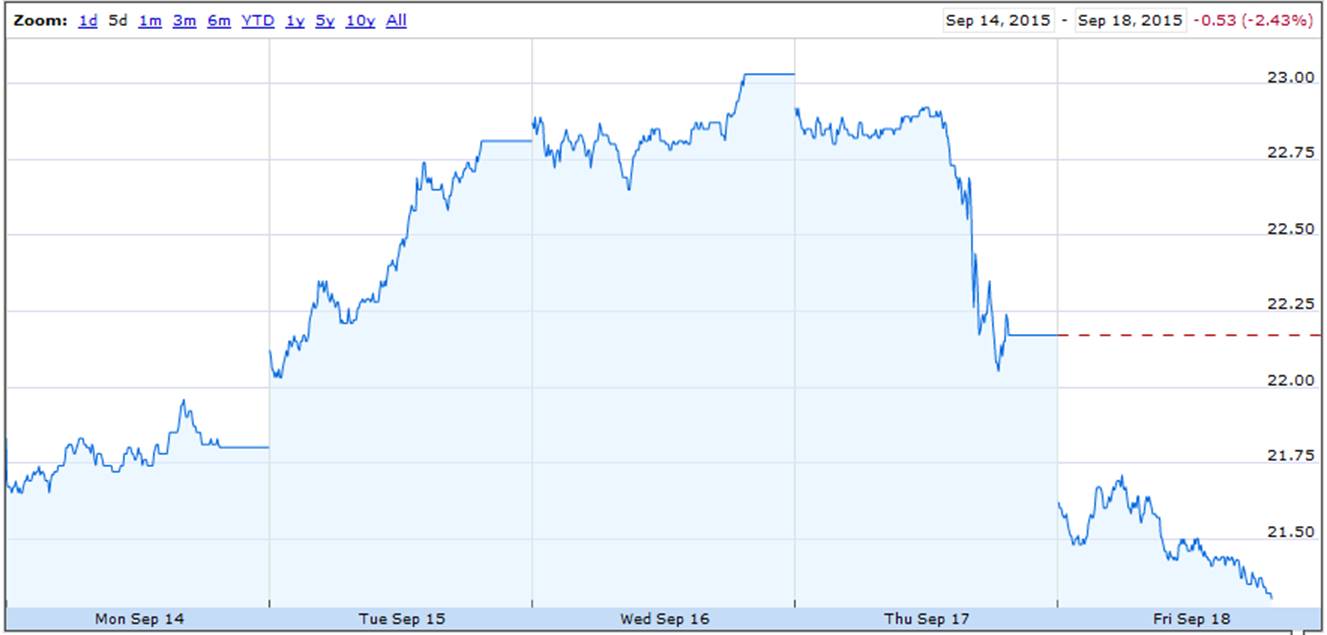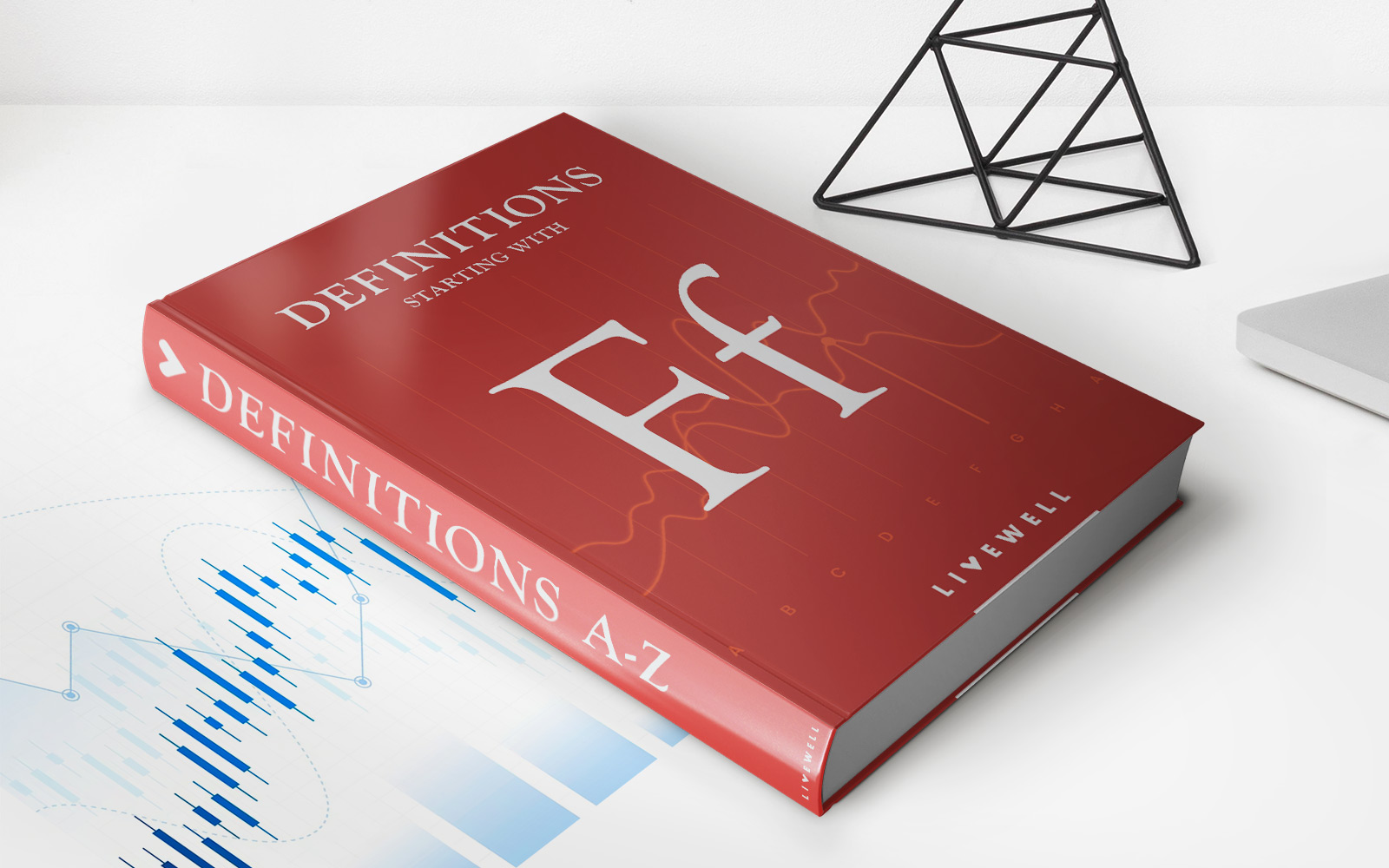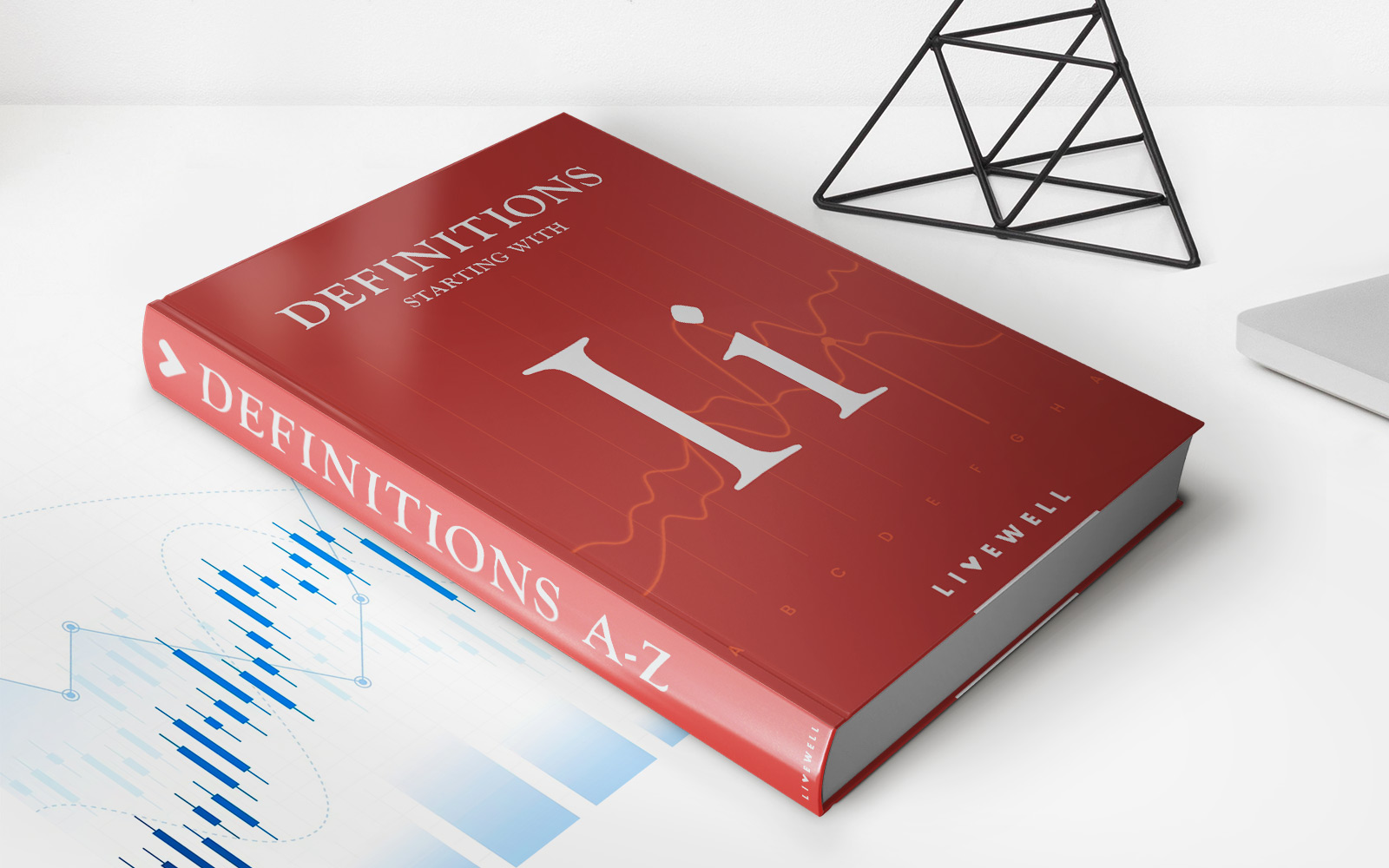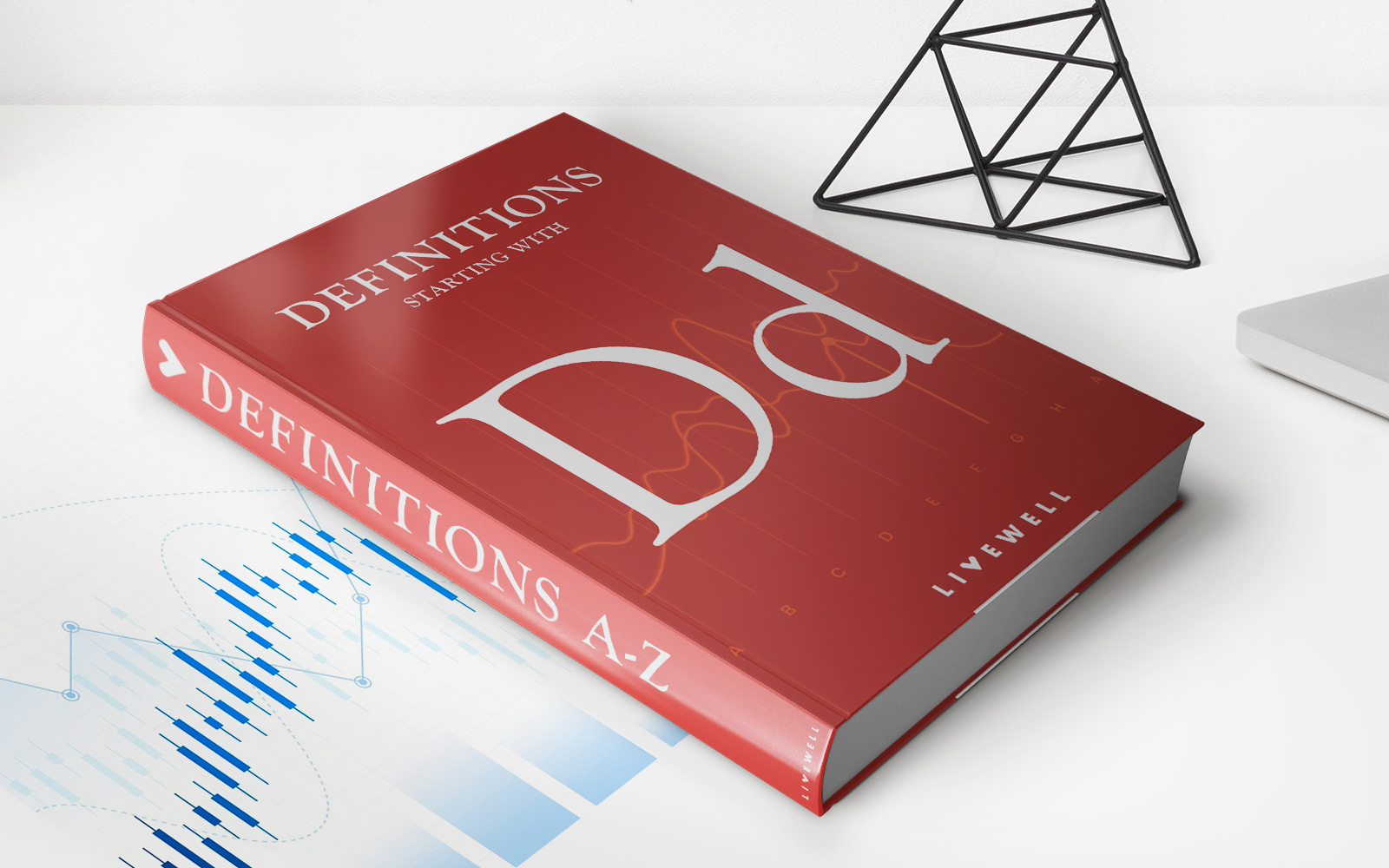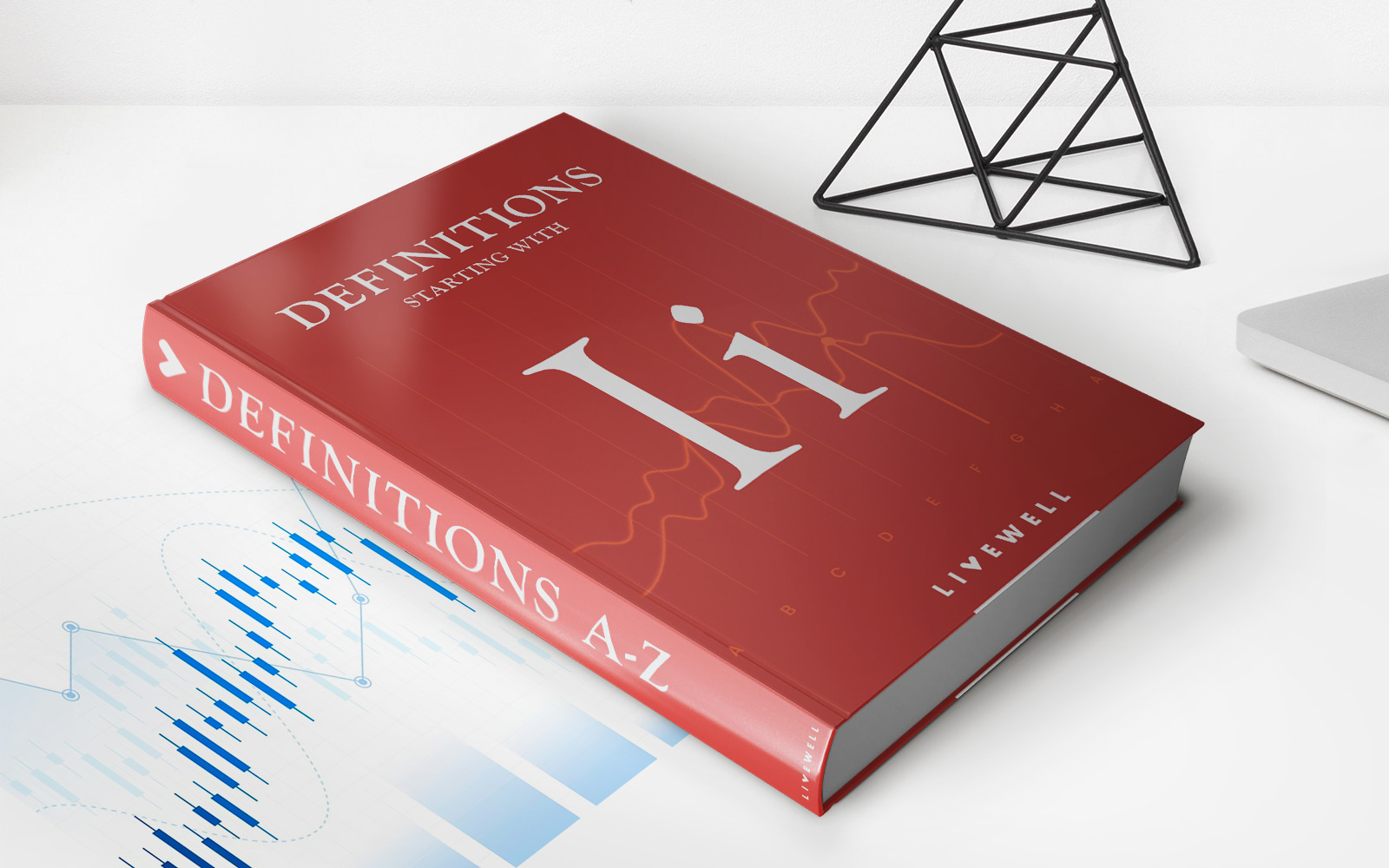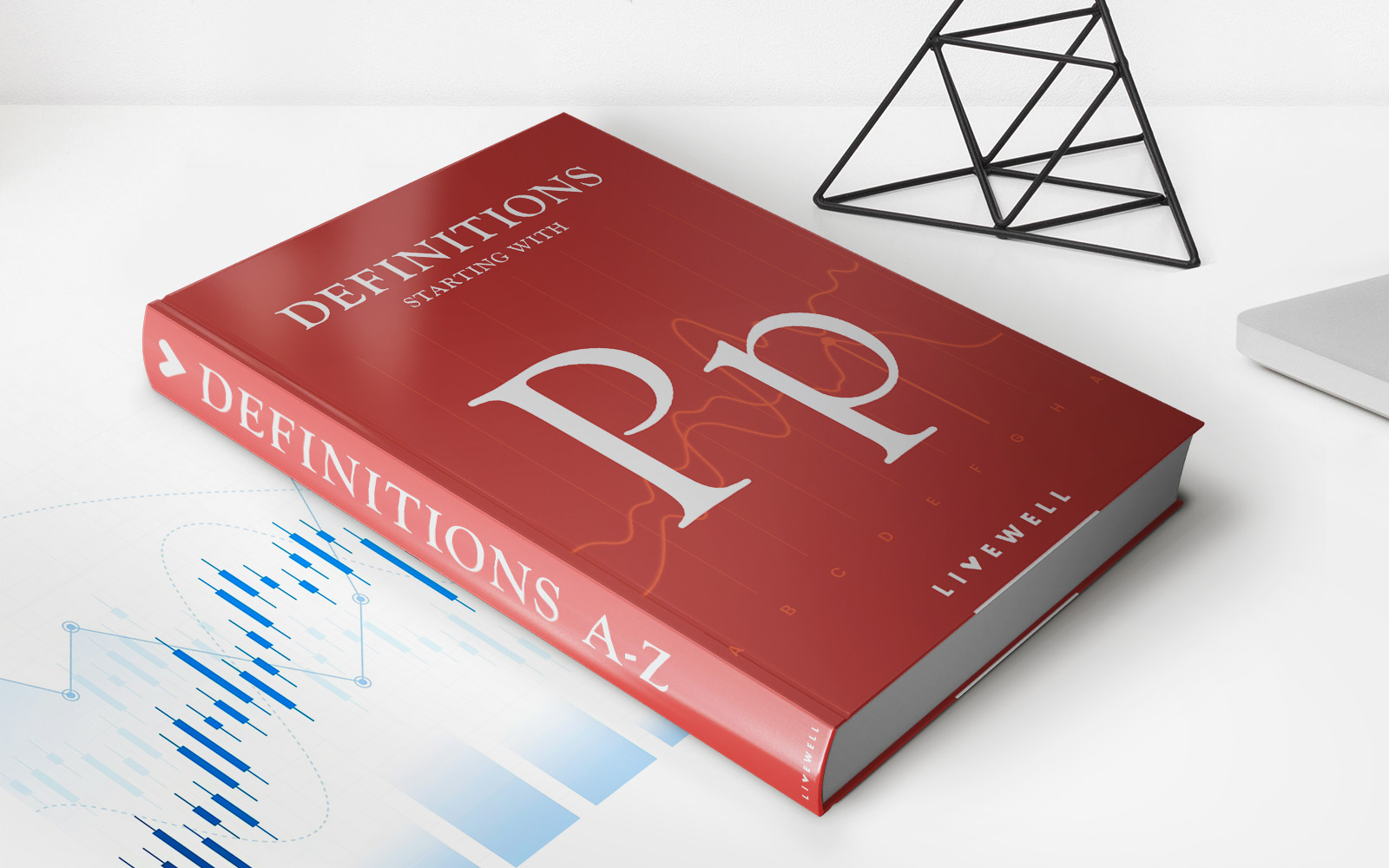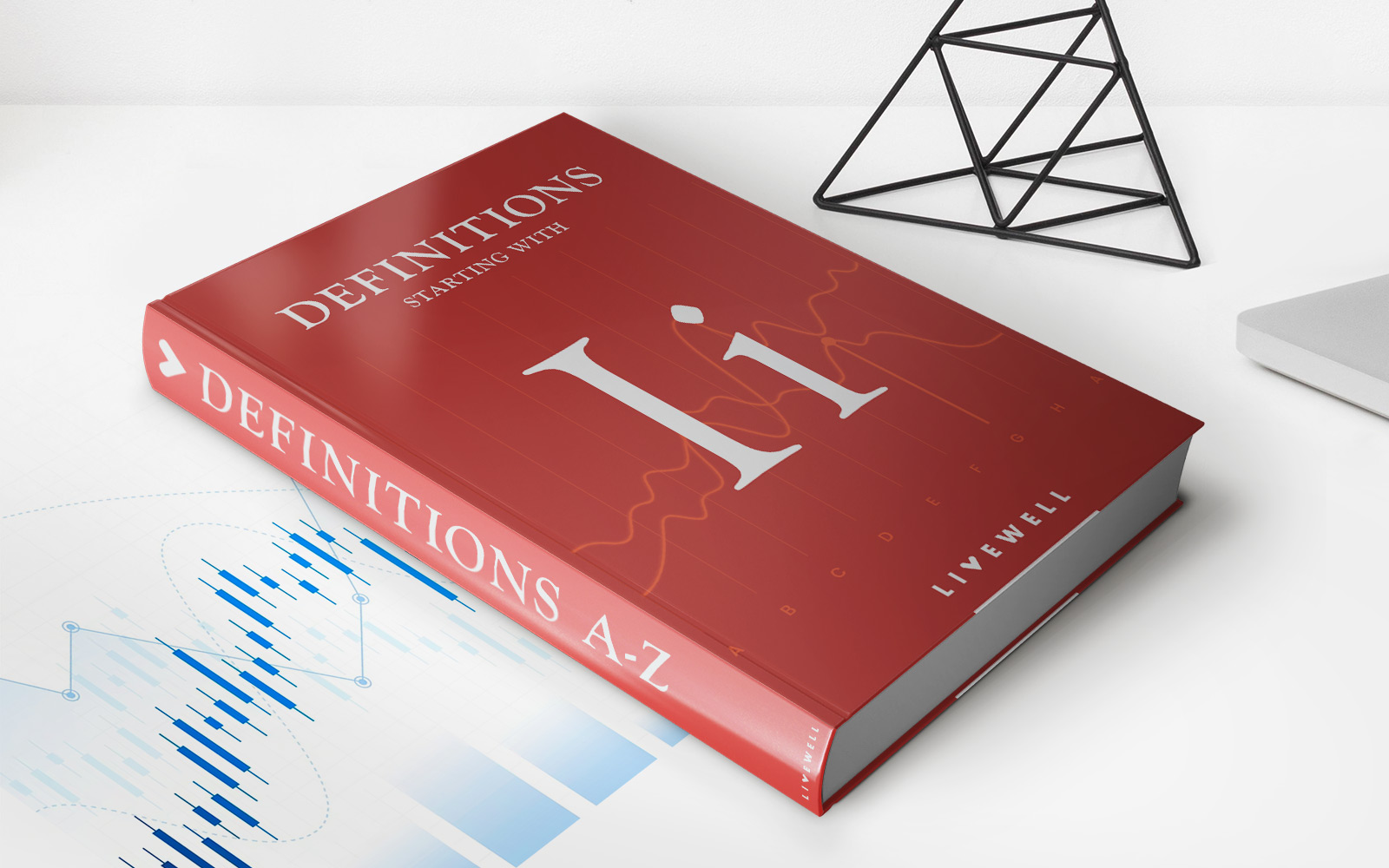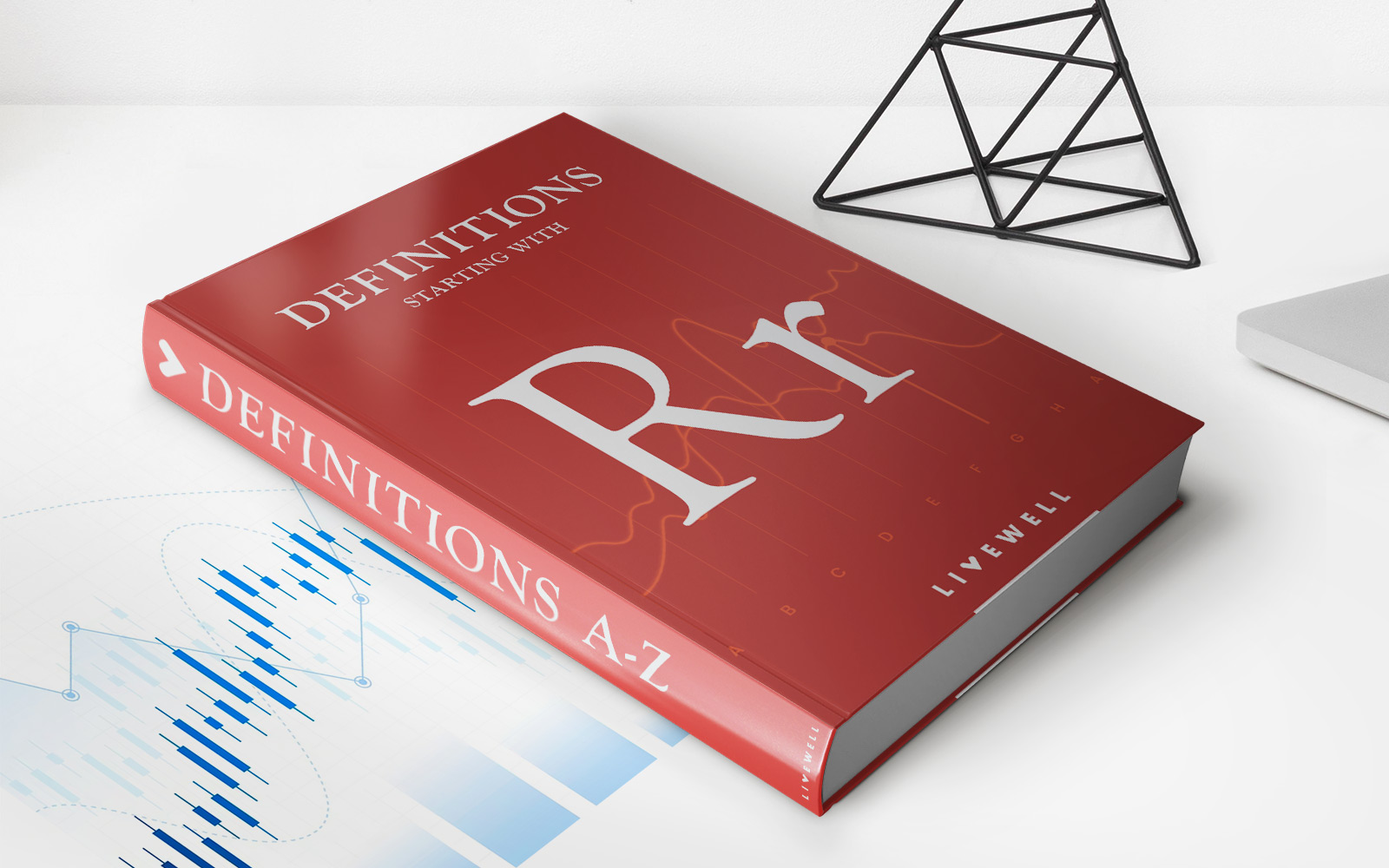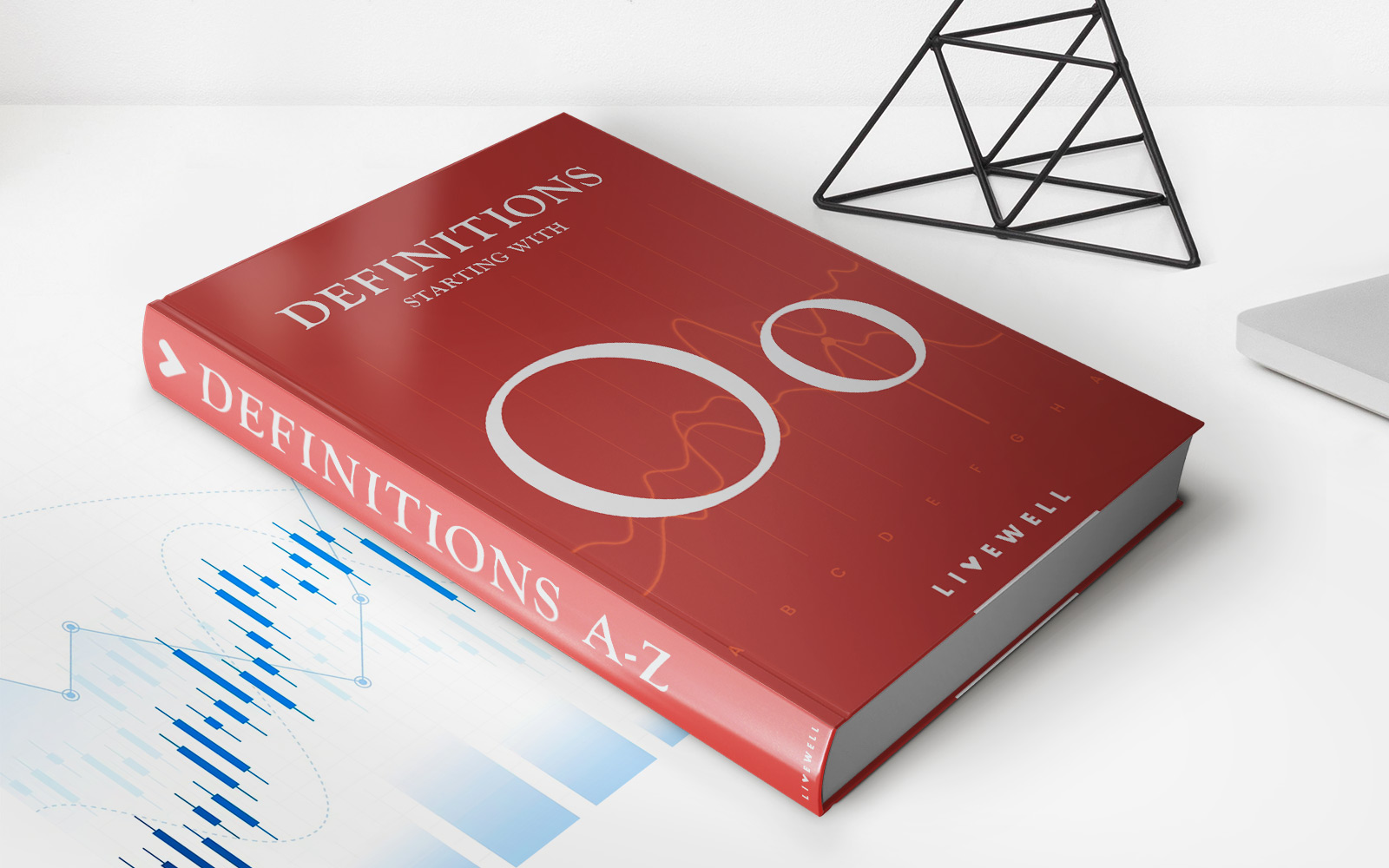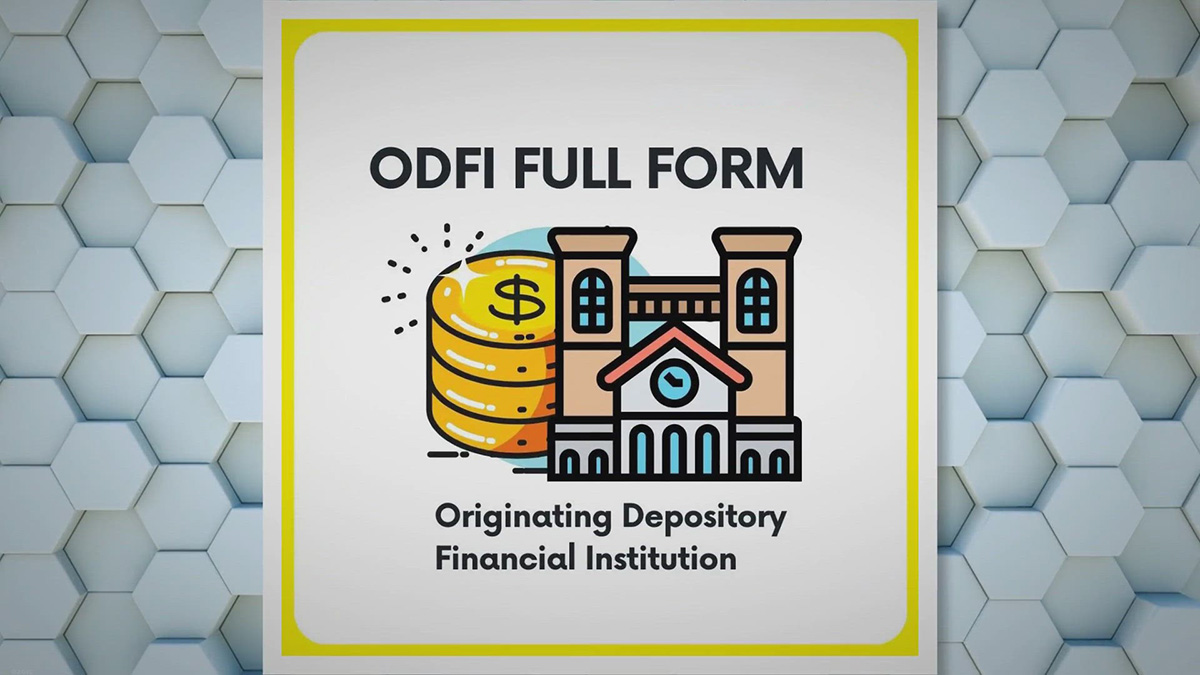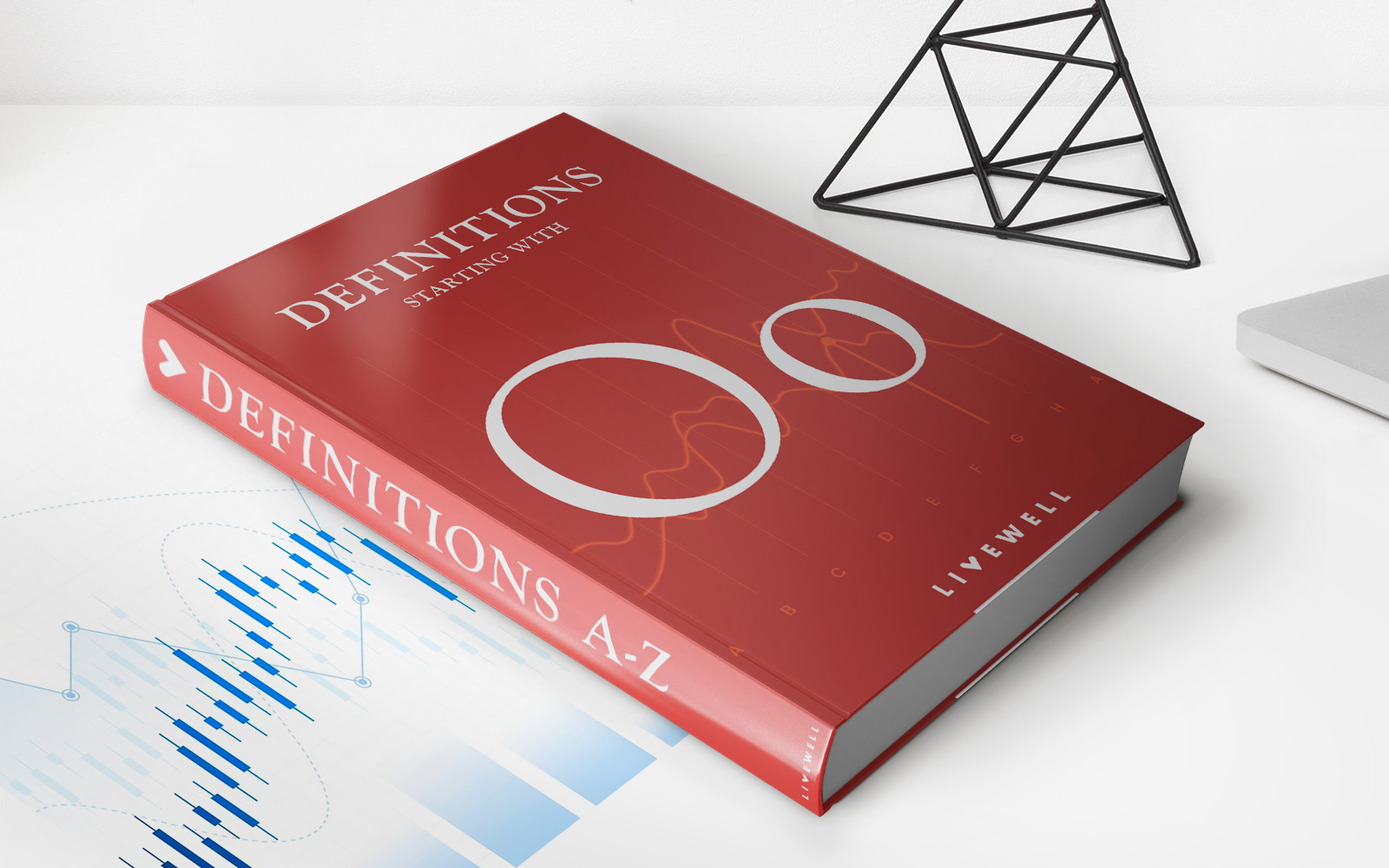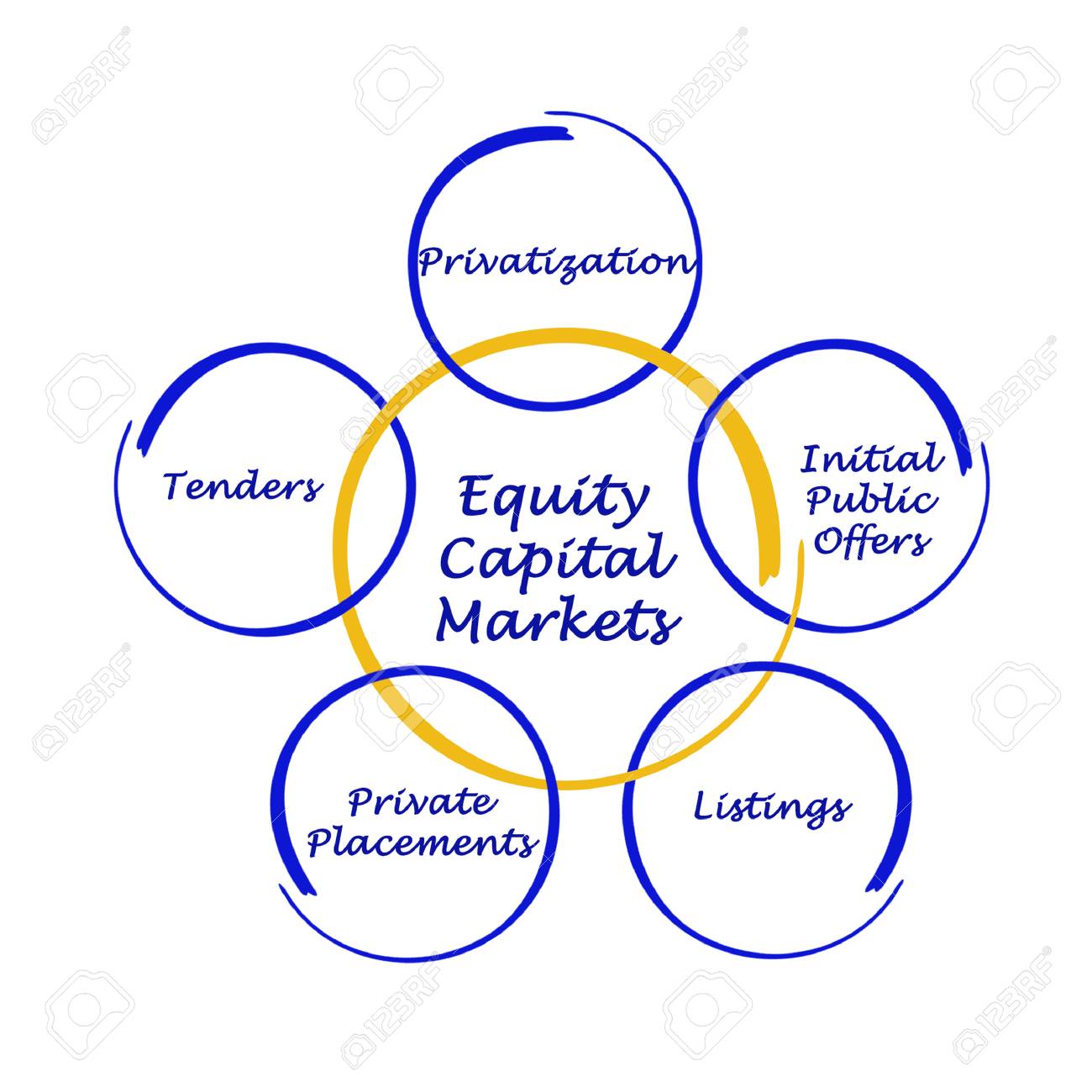Home>Finance>Floating Interest Rate: Definition, How It Works, And Examples
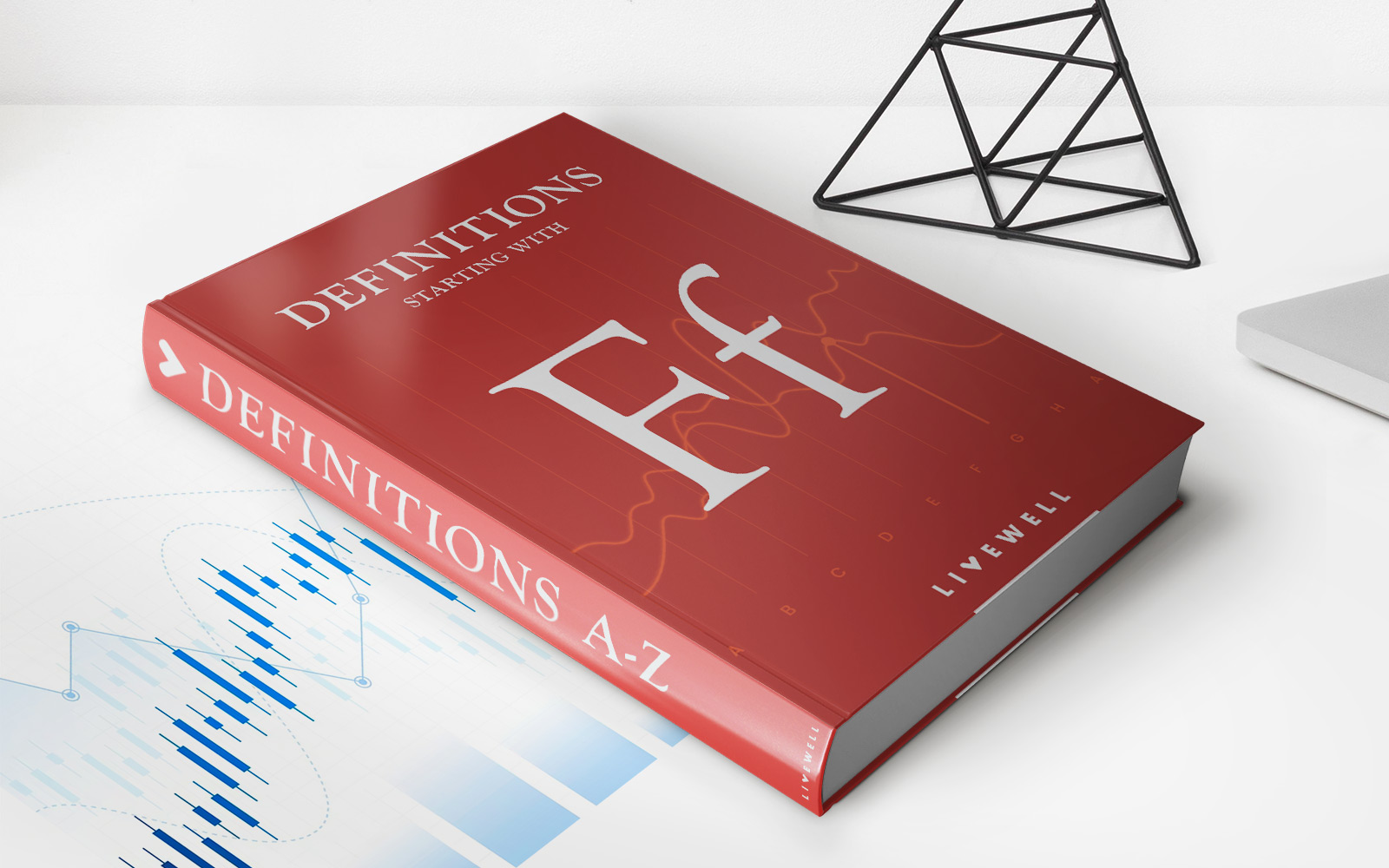

Finance
Floating Interest Rate: Definition, How It Works, And Examples
Published: November 25, 2023
Learn about floating interest rates in finance, including their definition, how they work, and examples. Gain a deeper understanding of this essential concept.
(Many of the links in this article redirect to a specific reviewed product. Your purchase of these products through affiliate links helps to generate commission for LiveWell, at no extra cost. Learn more)
The Floating Interest Rate: Definition, How It Works, and Examples
Are you familiar with the term “floating interest rate”? If you’ve ever borrowed money or considered taking out a loan, you’ve likely come across this concept. In the realm of finance, understanding different types of interest rates is crucial, and the floating interest rate is one of them. In this blog post, we’ll delve into the definition of a floating interest rate, how it works, and provide examples to help you grasp its significance in the financial world.
Key Takeaways:
- A floating interest rate fluctuates over time based on changes in the market or a specific benchmark rate.
- It offers borrowers flexibility, but also variability in their loan repayments.
What is a Floating Interest Rate?
A floating interest rate, also known as an adjustable or variable interest rate, is an interest rate that is not fixed and can change over time. It often fluctuates based on changes in the overall market interest rates or is tied to a specific financial benchmark rate, such as the prime rate or LIBOR (London Interbank Offered Rate).
Unlike a fixed interest rate that remains constant throughout the loan term, a floating interest rate has the potential to increase or decrease during the repayment period. This variability is what sets it apart and makes it an attractive option for borrowers seeking flexibility.
How Does a Floating Interest Rate Work?
The mechanism behind a floating interest rate is relatively straightforward. When you take out a loan or a mortgage with a floating interest rate, the initial rate is usually lower than a comparable fixed interest rate. However, this initial low rate is usually only in effect for a specified period, often referred to as the introductory rate or teaser rate.
After the introductory period, the floating interest rate starts to fluctuate periodically, typically on a monthly or annual basis. These changes are typically tied to the movements of a specific benchmark rate or market conditions.
Let’s say you have a mortgage with an adjustable rate tied to the prime rate. If the prime rate rises, typically due to actions by the central bank or changes in the overall economy, your mortgage rate will increase as well. Conversely, if the prime rate falls, your mortgage rate will decrease, resulting in potentially lower monthly payments.
It’s essential to note that the frequency and extent of rate adjustments can vary depending on the loan agreement. Some adjustable-rate loans have caps or limits on how much the rate can change in a given period to protect borrowers from sudden and dramatic interest rate shifts.
Examples of Floating Interest Rate
Let’s illustrate the concept of a floating interest rate with a few examples:
- Home Mortgage: John obtains a mortgage with a floating interest rate based on the LIBOR. The initial rate is 3%, and it is fixed for the first five years. After that period, the rate becomes adjustable annually based on the LIBOR plus a margin. If the LIBOR is 2% and the margin is 2.5%, John’s mortgage rate would be 4.5% for that year. If the LIBOR rises to 3.5% next year, his mortgage rate would increase to 6%.
- Car Loan: Sarah finances her car through a bank with a floating interest rate tied to the prevailing market rates. She secures a loan with an initial interest rate of 4%. If market rates rise to 6% next year, her interest rate on the loan will also increase accordingly.
- Student Loan: Mark’s student loan has a floating interest rate linked to the prime rate. The rate is fixed for the first three years, and after that, it adjusts annually. If the prime rate falls in the fourth year, Mark’s monthly loan payments will decrease, reducing his financial burden.
Conclusion
A floating interest rate is an important concept in the world of finance, providing borrowers with flexibility but also exposing them to potential interest rate fluctuations. Understanding how it works and considering the potential risks and rewards is crucial when deciding between a fixed or floating interest rate loan.
When it comes to financial decisions, it’s always advisable to evaluate your personal financial situation, risk tolerance, and market conditions before choosing between a fixed or floating interest rate. Remember, what works best for one may not be suitable for another, so it’s essential to assess your circumstances and consult with a financial professional if needed.

